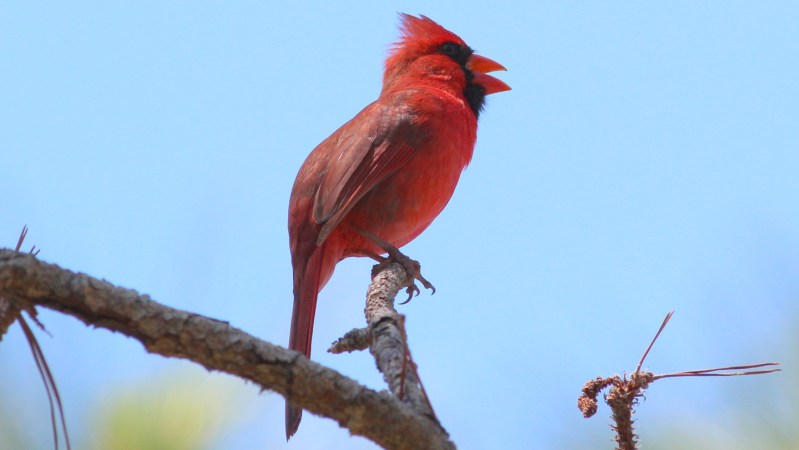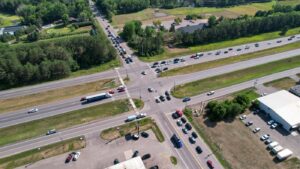
Research indicates that birds in light-polluted environments sing an average of 50 minutes longer each day compared to their counterparts in natural settings. This phenomenon raises questions about the impact of artificial light on avian behavior and health.
Studies conducted across various global locations demonstrate a notable increase in singing duration among birds exposed to light pollution. The findings suggest that urban areas, often characterized by excessive artificial lighting, significantly alter natural behaviors. Birds utilize songs for communication, attracting mates, and establishing territory, making this extended singing time an intriguing topic for further exploration.
The implications of prolonged singing in light-polluted environments are still being examined. While researchers have documented the increase in vocalization, the long-term effects on bird health and ecosystem balance remain unclear. Some scientists speculate that the extra singing time could lead to increased energy expenditure, potentially impacting bird populations negatively. Others suggest that the altered behavior may assist in mating opportunities, thus having a positive effect on species survival.
Understanding the Impact of Light Pollution
Light pollution affects various ecosystems and wildlife behaviors globally. According to the International Dark-Sky Association, artificial light can disrupt the natural rhythms of many species, including birds. The association emphasizes the need for awareness regarding light pollution’s consequences on wildlife and the environment.
As birds adjust to the presence of artificial light, their biological clocks may also shift. Birds typically rely on natural light cues to regulate their singing patterns, feeding habits, and migration schedules. The disruption of these cues could lead to mismatches in timing that negatively affect their reproduction and survival rates.
Research continues to evolve, focusing on how light pollution influences not only singing duration but also other aspects of avian life. Studies aim to evaluate whether birds exposed to light pollution exhibit changes in stress levels, reproductive success, and overall health.
The Path Forward for Birds and Urban Environments
Addressing the challenges posed by light pollution requires collaboration between urban planners, policymakers, and conservationists. Implementing measures such as shielded lighting, reduced brightness in urban settings, and the promotion of dark sky initiatives could help mitigate the effects of artificial light on wildlife.
As cities expand, understanding and accommodating the needs of local wildlife is essential. The findings regarding birds’ extended singing times in light-polluted areas serve as a reminder of the intricate connections between urban development and natural ecosystems.
In conclusion, while birds are singing longer in light-polluted areas, further research is necessary to comprehend the full implications of this behavior on their health and the surrounding ecosystems. The ongoing studies underscore the importance of preserving natural habitats and minimizing light pollution to support avian populations.







